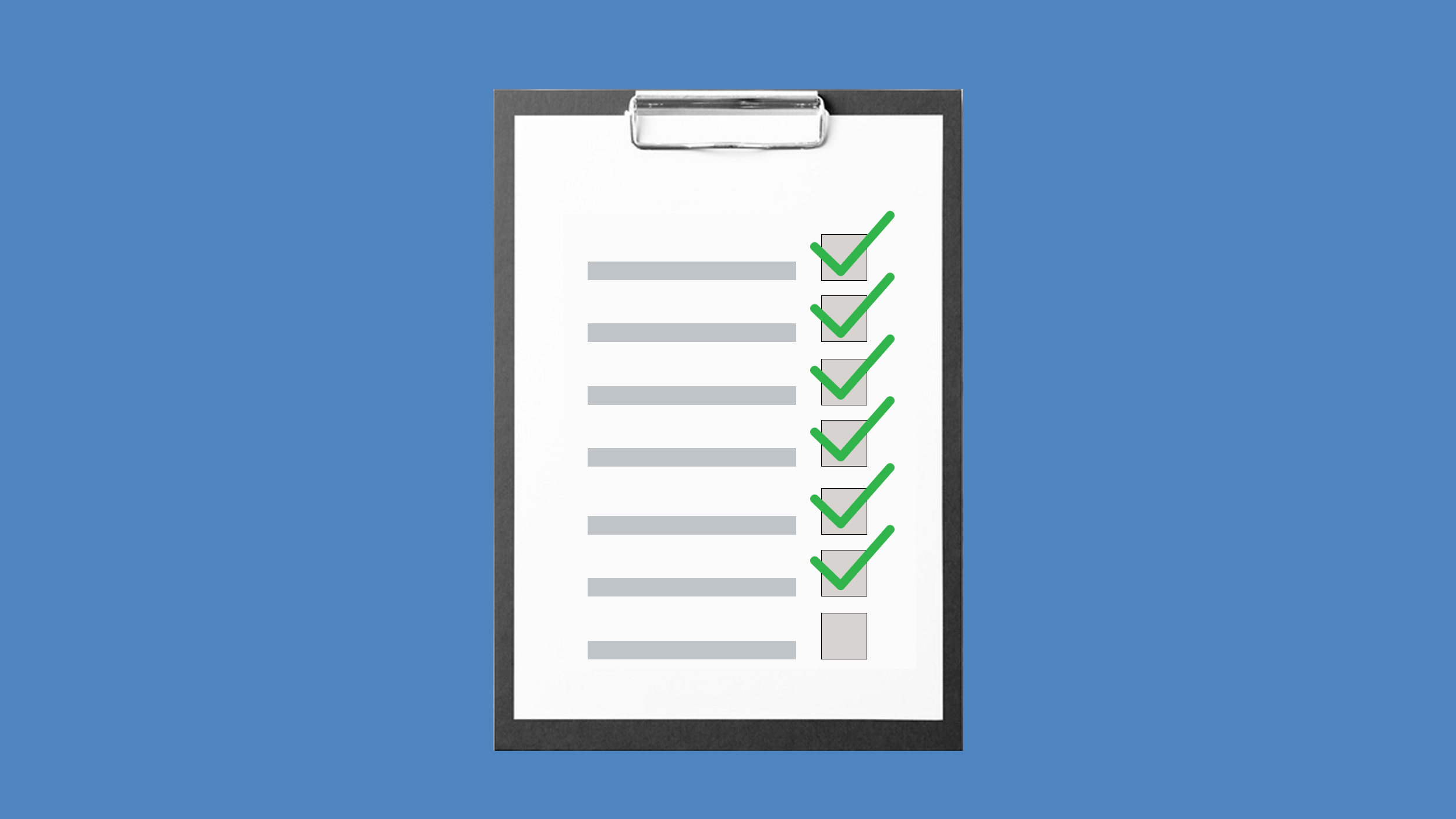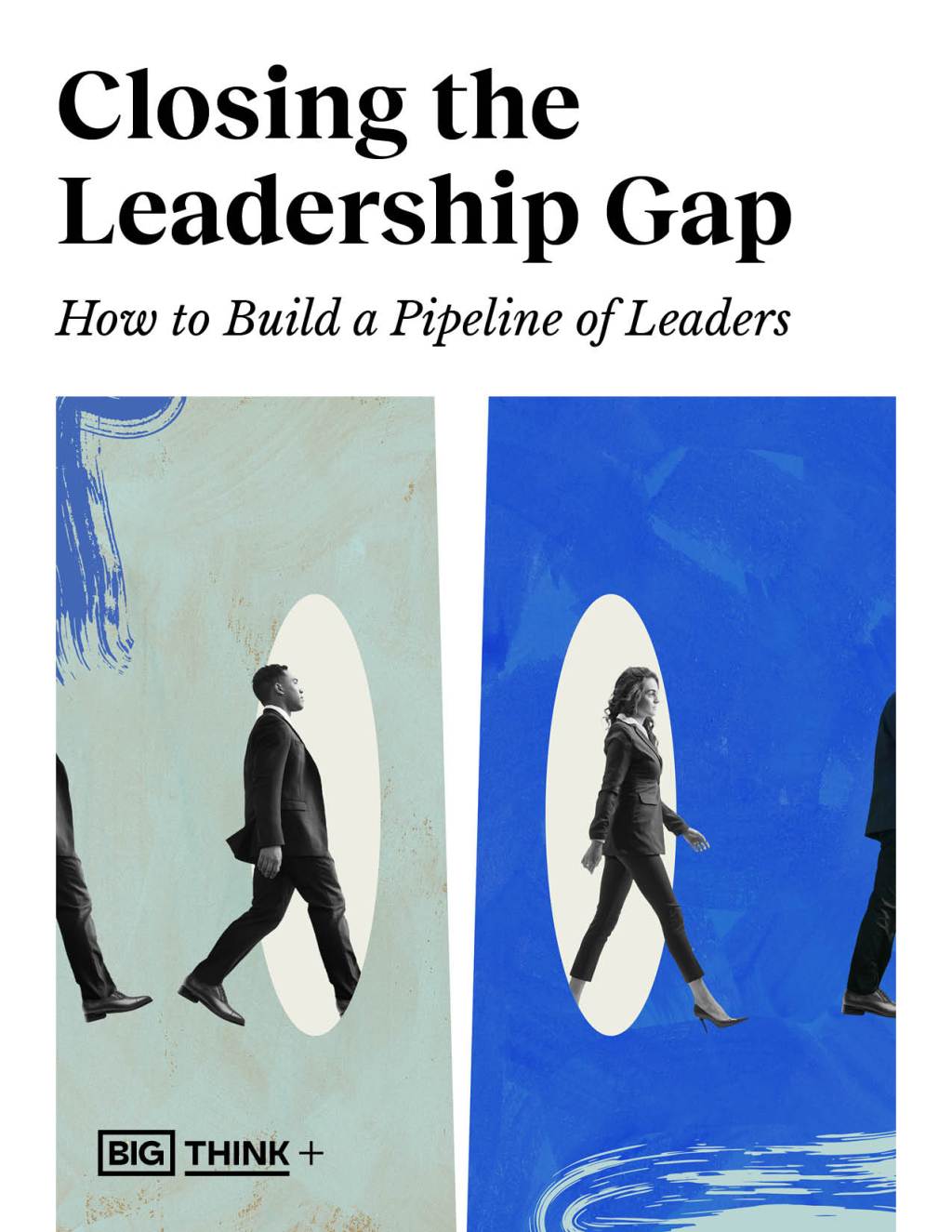

All too often, L&D teams are charged with providing training to address symptoms of a perceived problem, without a proper diagnosis of the problem or an investigation to determine its root cause.
If training fails to improve the situation, it’s the quality of the solution – not the lack of an accurate diagnosis – that’s typically called into question. And sometimes, training isn’t the best solution in the first place. This is why performing a thorough needs analysis is so vital.
The process of analyzing training needs and closing skills gaps helps organizations develop operational agility — the ability to deploy the right skills in the right place and at the right time to accomplish organizational objectives. Additionally, organizations that conduct a needs analysis before developing or acquiring solutions are less likely to waste resources.
But conducting a needs analysis requires care and attention, and this can be challenging when L&D teams are under pressure to deliver a solution quickly. Applying the proven best practices below can save time and help ensure the results are actionable.
It’s important to go into a needs analysis with a completely open mind regarding the nature of a problem, as the real issue may not be what you think it is. Many organizations require operating units to conduct an annual SWOT analysis, and it can provide an effective front end to the needs analysis process. SWOT analysis can also be performed at the level of small work groups and individuals.
Knowing what internal strengths the organization has to help it take advantage of external opportunities, or how internal weaknesses can make it vulnerable to external threats, provides a framework for examining the perceived performance problem. The broad focus of SWOT analysis can reveal other likely causes worth thinking about before declaring or confirming a root cause.
The 3 success factors of top leadership development programs
AIHR notes the difficulties inherent in conducting a needs analysis and suggests starting with the desired business outcomes, then working backward to identify the behaviors necessary to achieve those outcomes. Once the desired business outcomes have been identified and current performance levels have been measured, L&D can try to uncover the reasons for any disconnect between the two.



In a major shift, psychologists now view an out-of-control compulsion to work as an addiction with its own set of risk factors and consequences.
We can address the misalignment between the current leadership reality and traditional leadership practices with a simple formula.
Dennis “Thresh” Fong talks to us about battling Elon Musk in Quake in the ‘90s, his undefeated record as a pro gamer, and using AI to detoxify gaming.